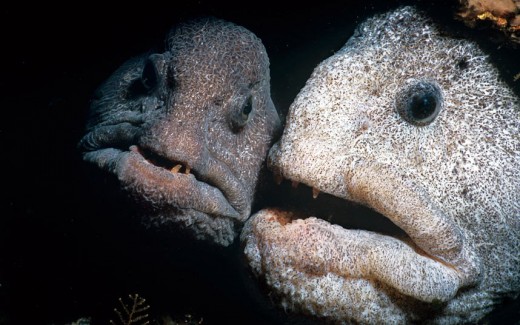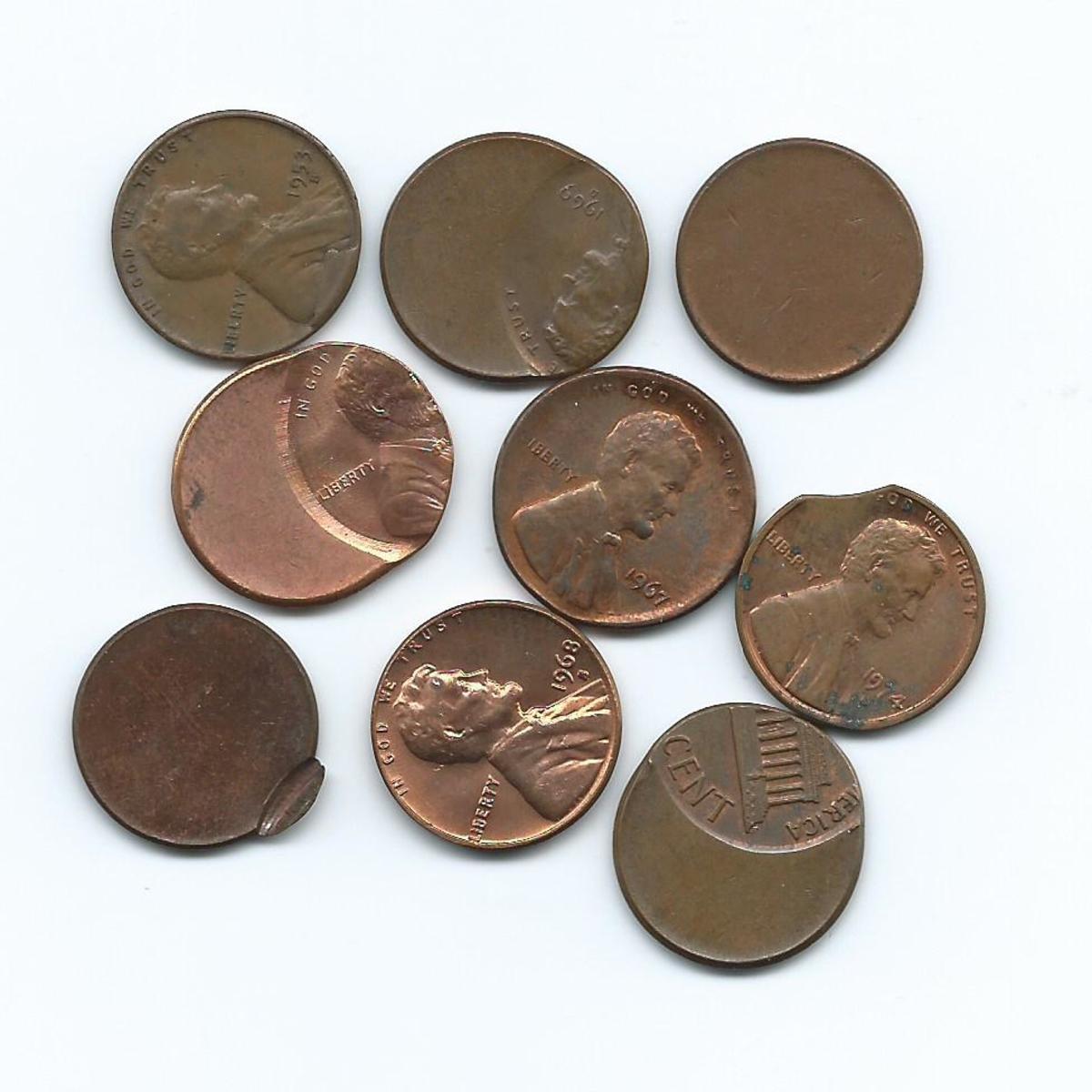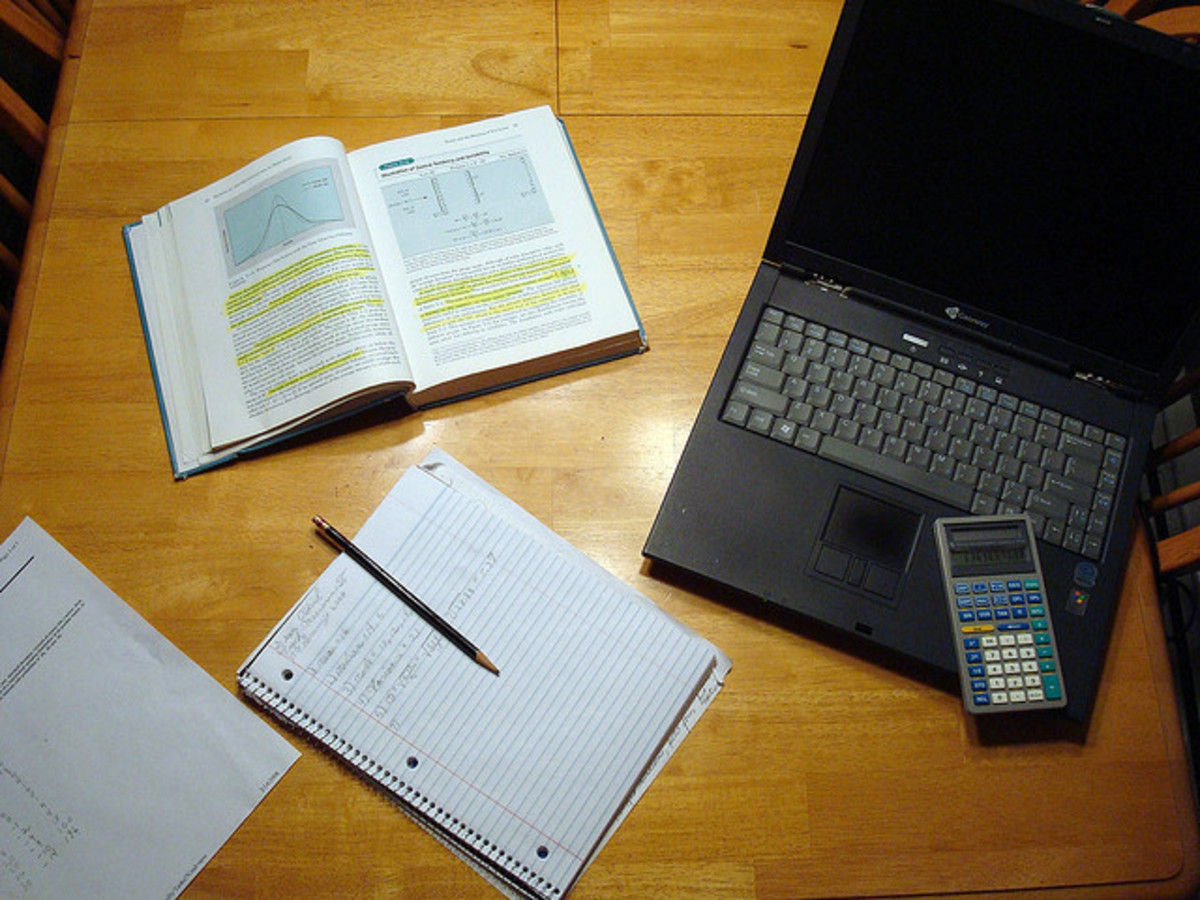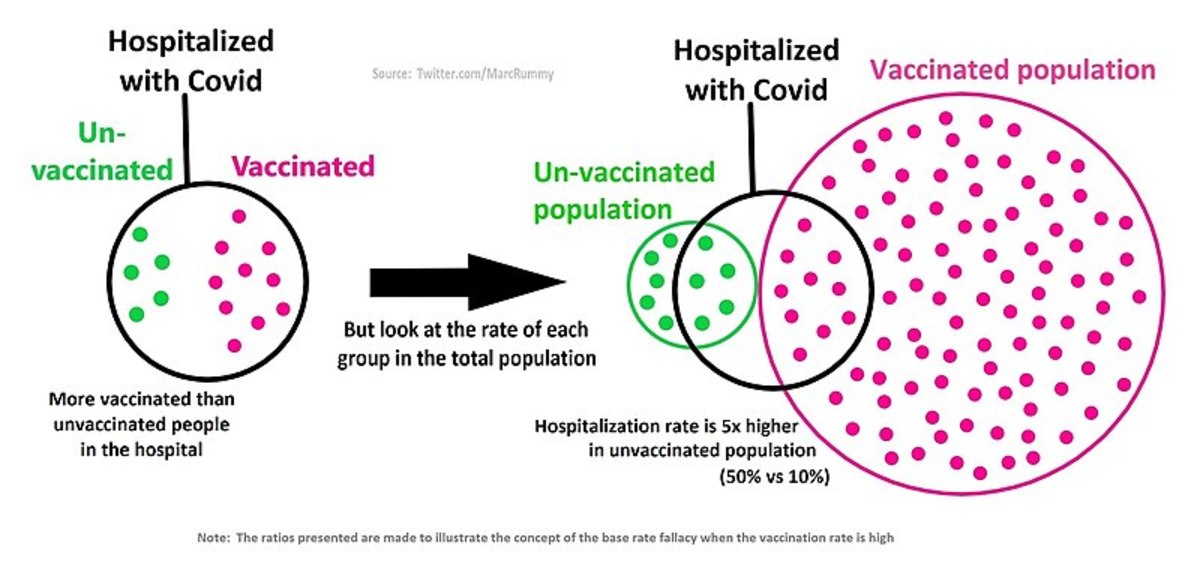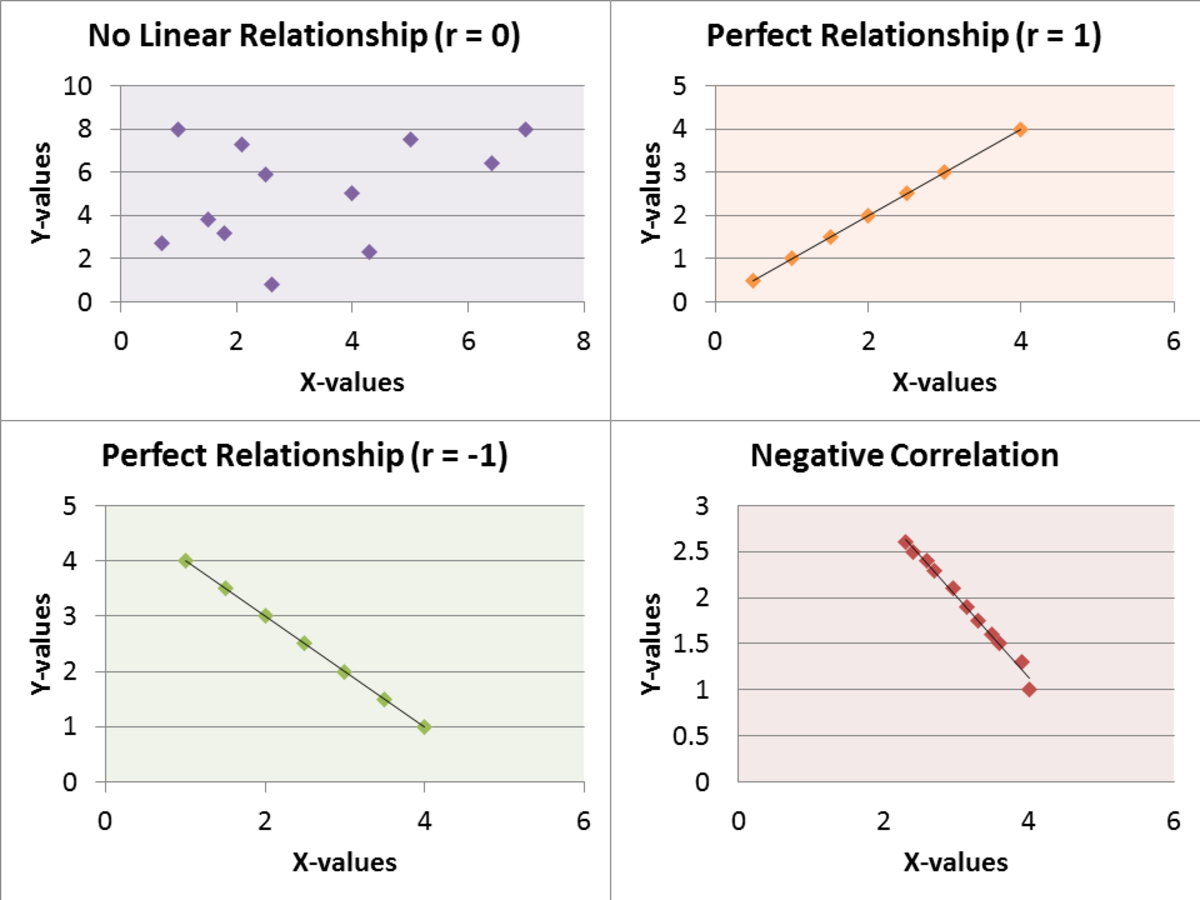The "Pitfalls" in Experimentation-DO you Know?
Keywords:
Accuracy. Precision. Error. Uncertainty. Bias. Random Error. Systematic Error. Human Error. Replication. Randomization. Local Control. Treatment. Variable. Data. Experiment. Parallax Effect. Meniscus.



Introduction
One can not avoid thinking the historical development of Science without recalling the names of Socrates (469-399 BC), Plato (427-347 BC), and Aristotle (384-322 BC) of the Greek Era and likewise Copernicus (1473-1543), Galileo (1564-1642), and Newton (1643-1727) of the Renaissance Era for their significant contribution in the development of Scientific Method that made Science scientific as we know today (rodrigosebidos.hubpages.com). Furthermore, these philosophers cum scientists were cognizant for the fact that Science could not have progressed without understanding the inherent effects of uncertainties(errors) of Experimentation. While Scientific Methods provides the recipe or instructions, the conduct of it is not errorless and this is where common mistakes or "pitfalls" occurs that make Science unscientific.
Aristotle once said, "to miss the mark is easy, to hit it difficult" and so with the process of Scientific investigation. There are many ways of going wrong, some of the possible forms of error may originate from Deductive Reasoning itself known as "formal fallacies".Likewise, errors may occur in the process of Experimentation( LeClerg, et. al.,1962), these may be serious enough to reduce the value of the experiment or even to render the results worthless. Such errors include;
- a) faulty experimental design or inferior technique
- b) improper interpretation of experimental results
- and c) failure to control the personal equation.
This paper in its entirety deals with Pitfalls (Eng. Trap. Danger, Span. Riesgo) in experimentation in general and in particular, It dwells on how Errors in experimentation were generated and how to deal with it.

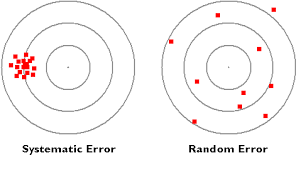
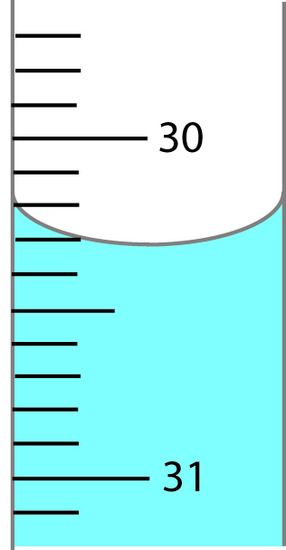
The Basic Elements of Experimentation
Recall that the general elements of Scientific method are;
- Observation
- Hypothesis
- Conducts Experiment
- Gather Data
- Draw Conclusion,
moreover, no matter how carefully executed, errors still find its way due to following reasons;
- Human Errors
- Systematic Errors
- Random Errors
In other words, no physical or biological quantity can be measured with perfect certainty. There are always errors in any measurement that may have a significant effect on the final outcome of the experiment. How can we eliminate these errors in the experiment? the short answer is we can't. However, if we take greater care to avoid these errors, we can reduce uncertainties and gain better confidence on the outcome of the experiment, moreover, one must first understand what are these errors;
Human Errors. This occurs when the experimenter or researcher commits the following;
- Incorrectly set up the experiment
- Misreading the instrument
- Wrong calculation
Systematic Errors. An error inherent in the experimental setup, which causes the results to be skewed in the same direction every time, i.e, always too large or too small.These are errors that affect the accuracy of a measurement. The accuracy of the measurement subject to Systematic errors cannot be improved by repeating those measurements and errors can not be analyzed statistically. Furthermore, Systematic errors can be difficult to detect, but once detected can be reduced only by refining the method or techniques.An example of a Systematic error is the Parallax effect.
Random Errors. All experiment have Random errors, which occurs because no measurement can be made with infinite precision. Random errors are errors that affect the Precision of the measurement. Random errors are "two-sided" errors, because, in the absence of other types of errors, repeated measurements yield results that fluctuate above and below the true value. The Precision of the measurement subject to Random errors can be improved by repeating those measurements and errors of this kind can be easily analyzed statistically. Random errors are easily detected, but can be reduced by repeating the measurements or refining the measurement or techniques


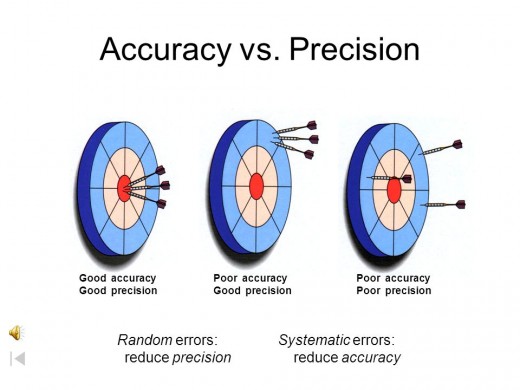
What do we seek from a well-designed Experiment?
Consistent, reproducible, and repeatable result is a hallmark of a well-designed experiment, moreover, one has to be familiar with the key elements in Experimentation and these are;
- Accuracy. Measures how close a measured value from the true value or accepted value. Since a true or accepted values for a physical or biological quantity may be unknown, it is sometimes not possible to determine the accuracy of the measurement
- Precision. Measures how close two or more measurements agree with each other. Precision is sometimes referred to as "repeatability" or "reproducibility". A measurement which is highly reproducible tends to give values close to each other.
However, we should take note that Accuracy and Precision will still depend on how we control or minimize biases in the conduct of the Experiment and these include; Human errors, Random errors and Systematic errors.
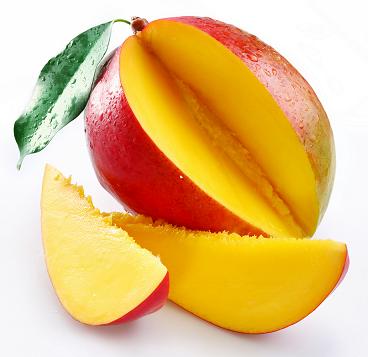
Important elements to avoid Pitfalls in a well designed Experiment
There are at least four basic elements in the conduct of a well- designed Experiment necessary to provide valid and efficient control of Experimental Errors. These should be followed to avoid pitfalls in a well-designed experiment and these include;
- Replication. Replication provides an estimate of Experimental Errors. Improves the Precision of the Experiment by reducing Standard Error of the Mean and increases the scope of Inference of the Experimental results. The more Replication the better because it reduces the Coefficient of Variation (%) of the Experiment and minimized the effects of outlier observation, hence improves Precision.
- Randomization. Randomization is practiced to avoid bias in the estimate of Experimental Errors and to ensure the validity of the statistical tests.Statistical Randomization is a precise procedure in which units being observed are assigned to a treatment or control group in a manner that takes into account the potential influence of compounding variables by observing them both the control and treatment group.
- Sample size. Sample size should be as large as possible while still manageable. The larger the sample size the less the impact of individual differences. A lower sample could be used for multiple trials, but maintaining the same number in each trial is advantageous.
- Control. Provide control as part of the study. In field experiments, for instance, Local Control (eg. local varieties) are included in the trial of new varieties to assess the superiority of the later under local conditions. Doing this increases the scope of Inference on its adaptation to local conditions. Local control is also important for comparison among treatments means.
It is in the admission of ignorance and admission of uncertainty that there is hope for the continuous motion of human beings...
-Richard Feynman, 1918-1988

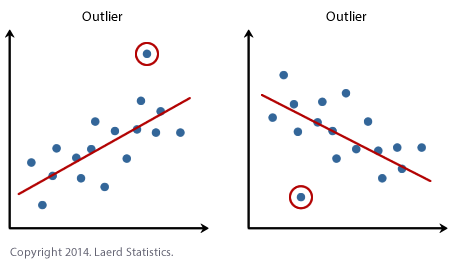
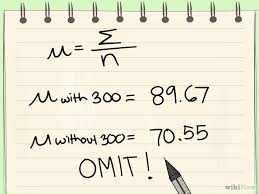
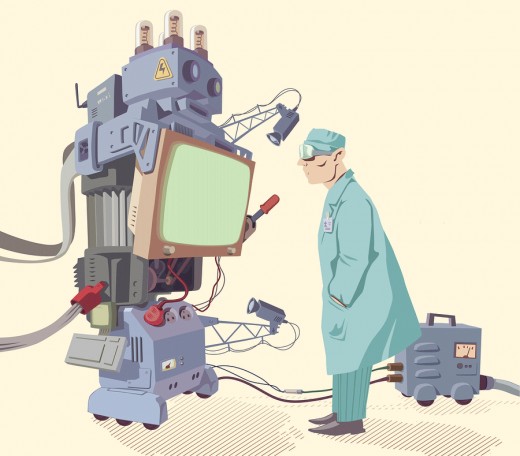
Further on Error Reduction
Watch for Outliers. These value, when plotted in the Scatter Diagram tend to position themselves far from the common data points. They should be eliminated prior to statistical analyses for they will affect the value of your means, hence the Analysis of Variance and interpretation of results. To avoid this pitfall have extra replication or measurements instead of three or take four if possible and replace data that tend to generate errors in the experiment. Moreover, this approach should be decided prior to the conduct of the Experiment and not after it has been done to avoid personal biases.
Labelling.Have labels coded instead of real names of the treatment? This is done to prevent personal preference to a particular treatment during data gathering.
Homogeneity of experimental variables. When conducting a field experiment for instance variety trial, to prevent large coefficient of variation, experimental materials should be homogenous as much as possible. In the case of variety, the trial should be tested with same maturity (late maturity, medium, and early maturity) never mix the three types in one experiment This may reduce the accuracy and precision of the experiment.
Measuring Devices. Before starting your experiment be sure to check the condition of instruments to be employed if you need one. The reliability of results hinges on the fidelity of performance of your instrument as you do not have control on errors generated by defected instrument. This is very crucial, as it affects both the accuracy and precision of the experiment.
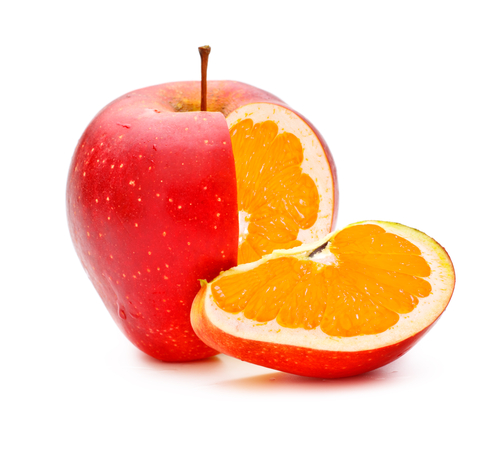
Conclusion
Accuracy and precision of an experiment are sometimes mired in uncertainty due to human, random and systematic errors. Unknowingly these errors entered into the experiment grossly by pitfalls of experimentation. No matter how perfect is the preparation, errors whether deliberate or accidental significantly affect the outcomes of the experiment and may even render the result useless. Cognizant of these traps or danger is a requisite of a well-designed experiment
References
Scholarly Articles
Carlson, G. A. 2002. Experimental errors and uncertainty. PDF. Recovered- October 23, 2015.
Carpi, A and A.E. Egger.2008. Experiment errors and uncertainty. www. vesionlearning.com\
Characterizing experimental errors. www.ChemWiki.com.Recovered- October 10, 2015.
Chem 211. General lab instruction. PDF, Recovered- October 11, 2015.
Error analysis and significant figures. PDF. Recovered-October 10, 2015.
Experimental designs and data analyses. PDF. Recovered- October 11, 2015.
Experimental errors. PDF. Recovered- October 11, 2015.
Experimental errors. PDF. Recovered-October 26, 2015.
Gomez, A and K, Gomez. 1984.(2nd ed.) Statistical procedures for agricultural research. John Wiley and Sons. 680 pp.
Harvey, D. Characterizing experimental error.PDF. Recovered-October 23, 2015.
Hybarger, J, 2006. The ten most common designed experiment mistakes. PGF. Recovered - October 23, 2015.
Kalla, S. Systematic errors based on measurement. PDF. Recovered- October 23, 2015.
LeClerg, E.L. et.al. 1962. Field plot technique. Burgess Pub.Co. 371 pp.
Random vs Systematic errors. PDF. Recovered- October 23, 2015.
Sebidos, Rodrigo 2015. The hidden meaning bits and pieces of scientific method (rodrigosebidos. hubpages.com)
Sources of errors. PDF. Recovered- October 23, 2015.
Types of an experiment. PDF. Recovered- October 23, 2015.
Acknowledgment
The author would like to acknowledge and thanks the owner(s) of the images/photos used in this article. Likewise the author(s) of scholarly articles for sharing their knowledge free of charge and to Hub Pages for the opportunity. By priority, some topics were not included due to lack of time.
